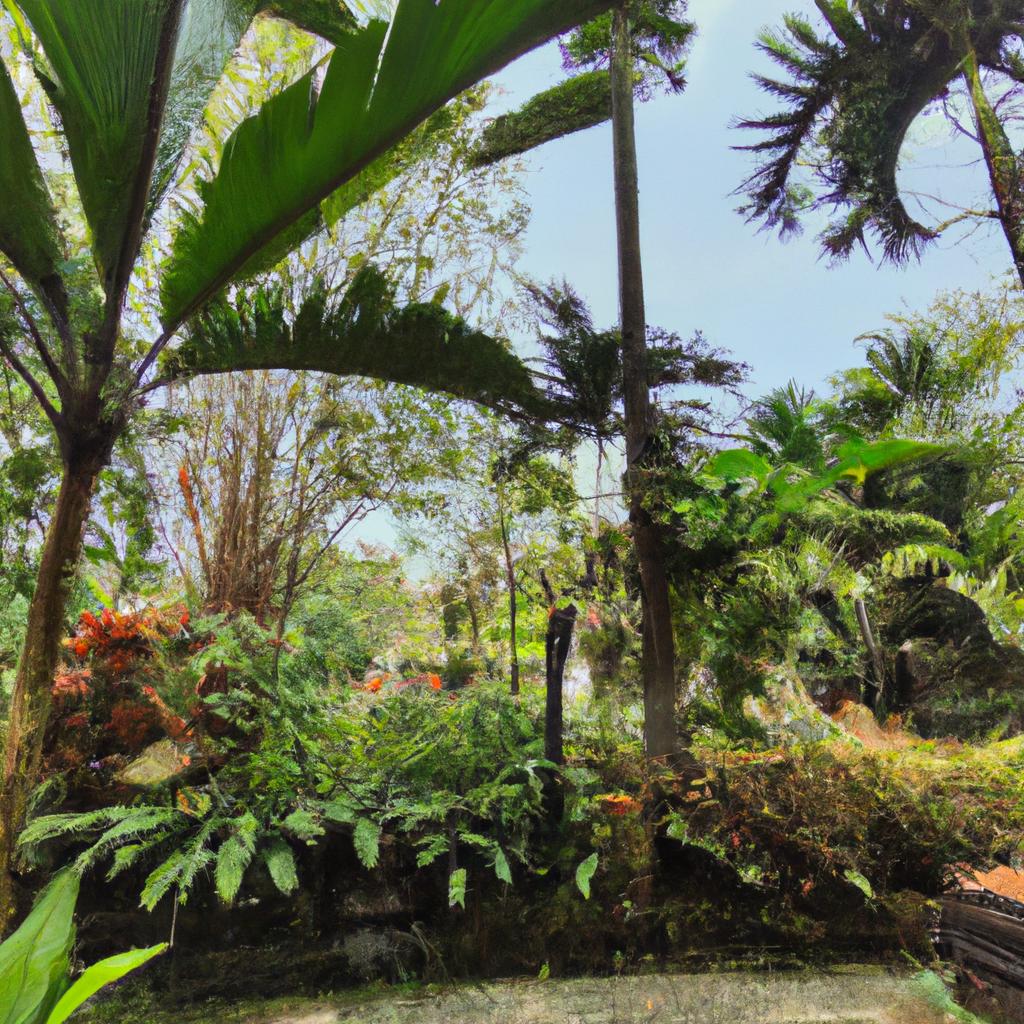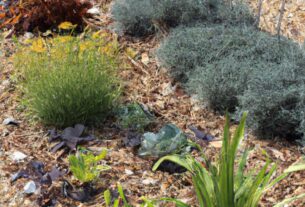Gardening is a truly rewarding and fulfilling activity that demands our utmost attention to the environment in which our plants flourish. The climate of our garden plays a pivotal role in determining the success of our horticultural endeavors. To achieve that thriving garden we’ve always dreamt of, it’s crucial that we grasp the unique environmental factors that impact the growth of our green companions. In this article, we’ll embark on a journey to explore the key aspects of garden climate, uncover how they influence our plants, and unlock the secrets to choosing the right ones for our beloved gardens.
Factors That Shape Garden Climate

The climate within our gardens is molded by a symphony of factors: temperature, humidity, rainfall, wind, and sunlight. These elements dance and intertwine, creating an environment that calls for our careful management. It is only through a profound understanding of each component’s impact that we can navigate the challenges that lie ahead.
Temperature
Temperature stands as one of the most influential factors shaping our garden’s climate. Its sway over plant growth and development cannot be understated. Just like you and me, each plant has its own temperature preferences. Knowing the ideal temperature range for our plants to thrive is of paramount importance. While most plants revel in temperatures between 60 and 75 degrees Fahrenheit, there are hardy souls that can endure scorching heat up to 100 degrees Fahrenheit.
Humidity
Humidity, the amount of moisture hanging in the air, has a profound effect on plant growth. It dictates water uptake and transpiration, both of which are critical for the well-being of our green friends. In humid environments, plants tend to absorb less water, leading to slower growth. Conversely, plants dwelling in dry environments might struggle to retain moisture, which can result in dehydration and stress.
In the following sections, we’ll delve deeper into the factors that shape garden climate, explore different types of garden climates, and learn how to determine the climate of our very own gardens.
Types of Garden Climate

Understanding the type of garden climate that envelops our piece of paradise is vital when it comes to making informed decisions about the plants we choose to grow. Here are a few common types of garden climates:
Tropical
Tropical climates, characterized by their balmy temperatures and high humidity, create the perfect haven for moisture-craving plants. In these lush environments, plants flourish year-round, while gardeners brace themselves for the challenges posed by pests and diseases that thrive in warm, humid conditions.
Mediterranean
Mediterranean climates bless us with dry, sun-drenched summers and mild, rainy winters. These conditions pave the way for plants that can withstand drought and low humidity. Fragrant herbs like rosemary and lavender, alongside fruit trees and vineyards, find their home in these sun-kissed lands.
Temperate
Temperate climates strike a harmonious balance between warm summers and cold winters. Here, a vast array of plants, ranging from vibrant vegetables to delicate flowers, can call our gardens home. However, it takes careful planning to ensure our green companions are planted at the right time, enabling them to withstand the fluctuations in temperature.
Arid
Arid climates, with their low rainfall and scorching temperatures, pose a significant challenge to most plants. However, there are brave souls, such as cacti and succulents, that thrive in these seemingly inhospitable environments. Their ability to survive with minimal water sets them apart from the rest.
Subarctic
Subarctic climates test the mettle of both plants and gardeners with their long, frigid winters and fleeting, cool summers. While most plants find themselves out of their depth, there are resilient heroes—shimmering evergreens and enchanting mosses—that can withstand the piercing cold and short growing seasons.
Decoding Your Garden’s Climate
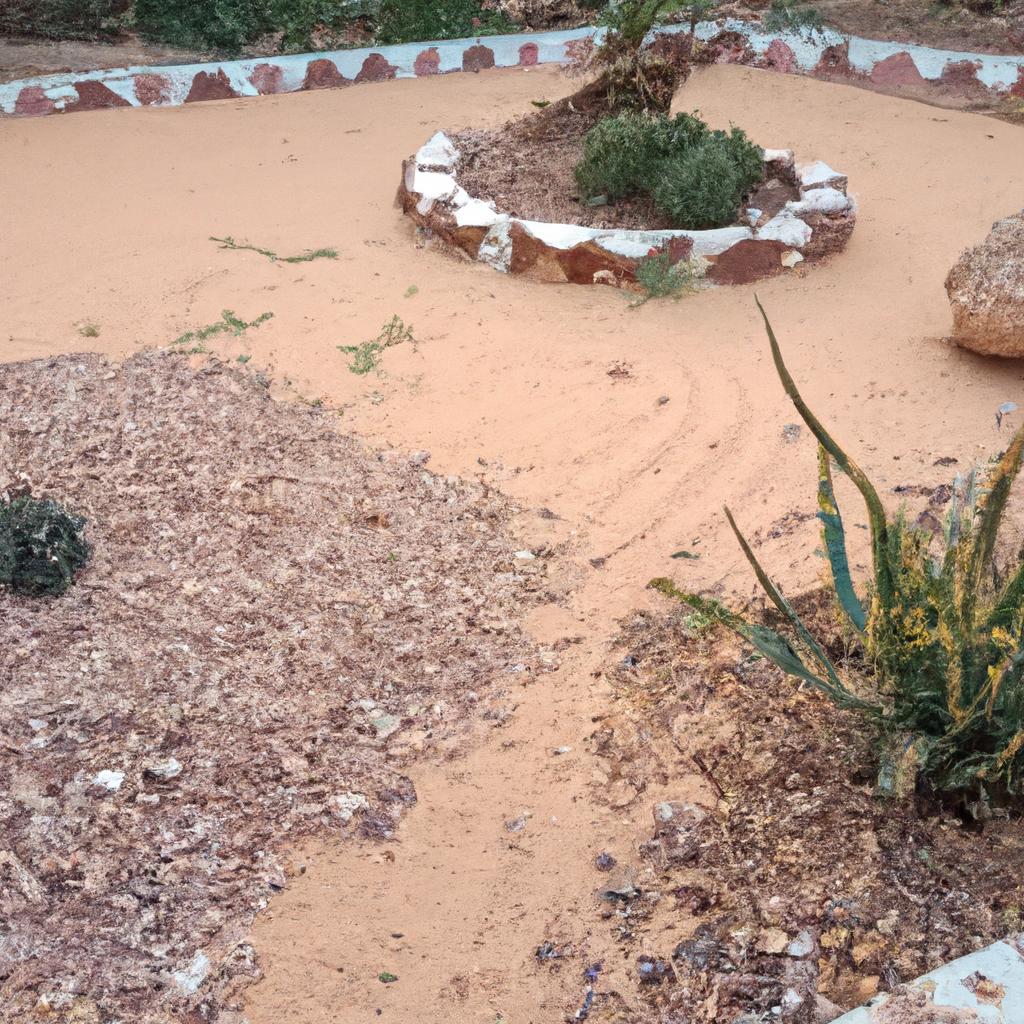
Unraveling the mysteries of our garden’s climate is paramount in selecting the right plants and nurturing the environment in which they will thrive. Here are a few ways to decode your garden’s climate:
Utilize USDA Plant Hardiness Zones
The USDA Plant Hardiness Zone Map divides the United States into 13 zones based on average annual minimum temperatures. Identifying the zone in which your garden resides allows you to handpick plants that are best suited to withstand your climate.
Analyze Local Weather Patterns
Delve into the intricacies of your local weather patterns, studying temperature, humidity, and rainfall. This precious knowledge will grant you a deeper understanding of your garden’s unique environment. Seek out local weather reports, gardening resources, and online forums to uncover invaluable insights.
Consult Gardening Experts
The wisdom of gardening experts, such as local nurseries, master gardeners, and gardening clubs, can prove to be a wellspring of advice when it comes to your garden’s climate. They possess the knowledge to guide you towards the best plants to nurture in your area, as well as imparting insights on soil types, fertilizers, and other gardening techniques.
Choosing Plants Fit for Your Garden Climate
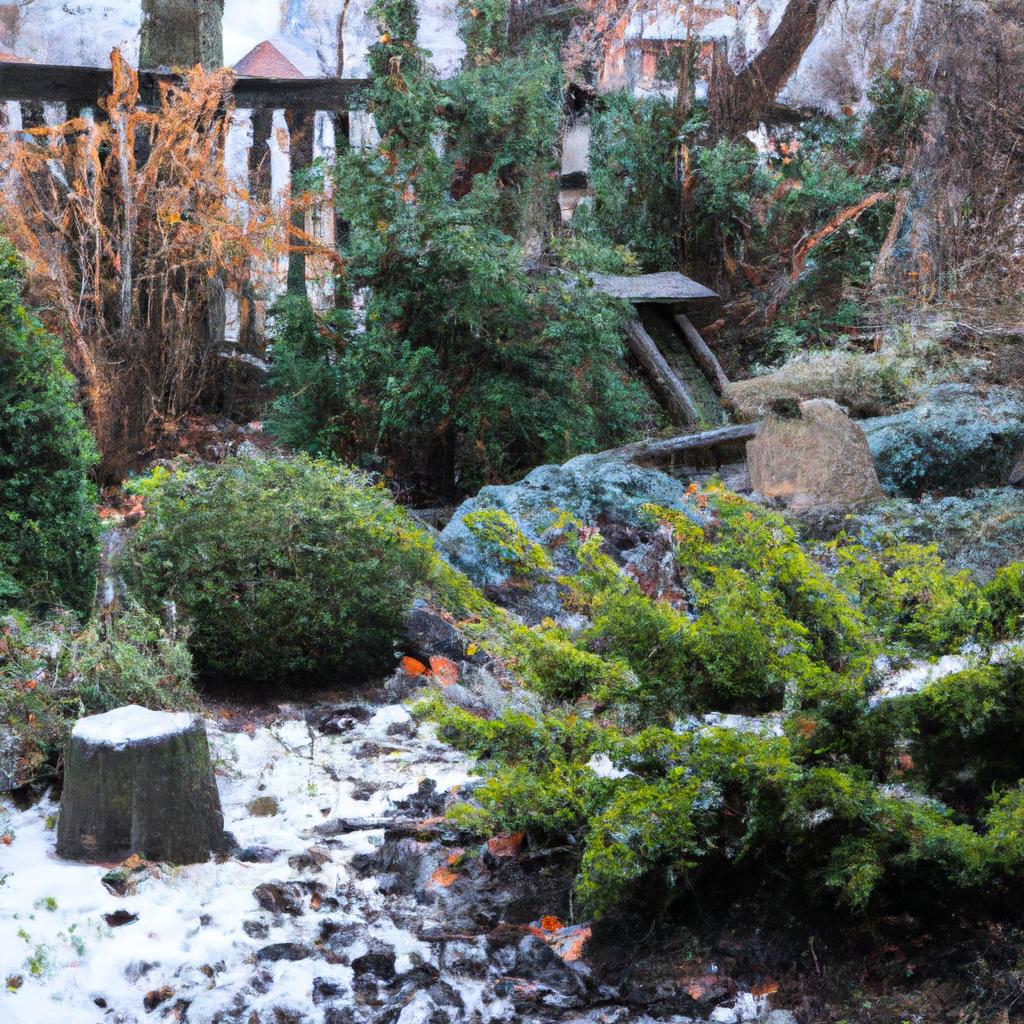
Selecting the perfect plants for your garden climate acts as a beacon of light on the path to a thriving garden. Matching a plant’s needs to your garden’s unique climate is the key to success. For instance, high humidity seekers will wither in arid environments, while shade-averse sun worshipers will languish in the shadows.
To achieve this harmonious match, it’s crucial to research a plant’s preferred growing conditions. Many plants have distinct requirements regarding temperature, sunlight, moisture, and soil pH. By aligning these needs with your garden’s climate, you foster an environment that fuels vibrant and healthy plant growth.
Creating microclimates can also work wonders in accommodating the diverse needs of plants within the same garden. Microclimates are small pockets that boast slightly different environmental conditions from their surroundings. Sheltering a plant from the wind or filtering sunlight for a shade-craving companion are just two examples of how you can forge these microclimates within your garden’s embrace.
In the End
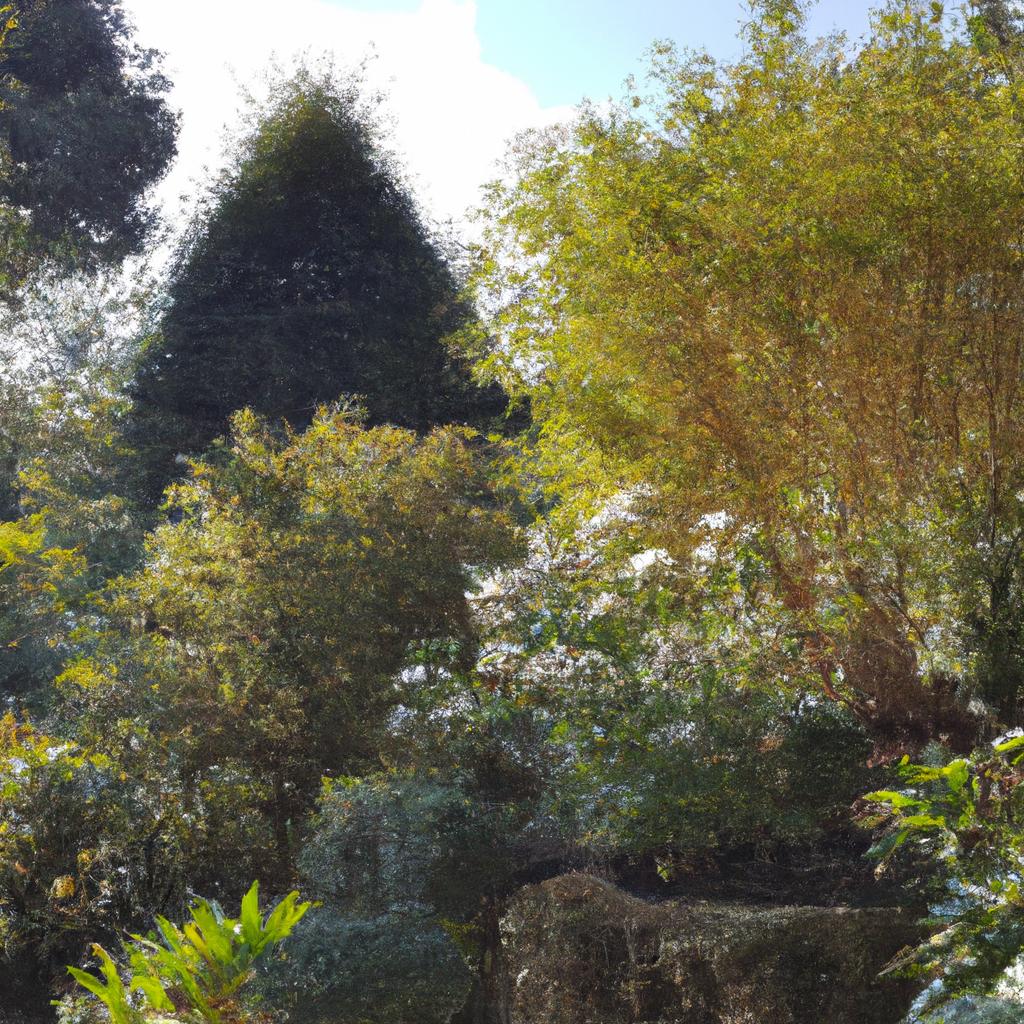
Understanding the climate that envelops our gardens paves the path to horticultural triumph. By thoughtfully considering temperature, humidity, rainfall, wind, and sunlight, we can create an environment where our green companions can thrive. By carefully selecting plants that are best suited to our specific climate, we ensure their long-lasting prosperity. And by embracing the art of creating microclimates, we grant ourselves the ability to grow plants that might not have flourished otherwise.
As a reader of TooLacks, we encourage you to embark on a journey of exploration, delving into the depths of your local garden climate. With a dash of research and a pinch of experimentation, you can transform your garden into a stunning oasis, brimming with vibrant life. Remember, your garden is a reflection of your unique environment, so let it bloom with the radiance it deserves.
